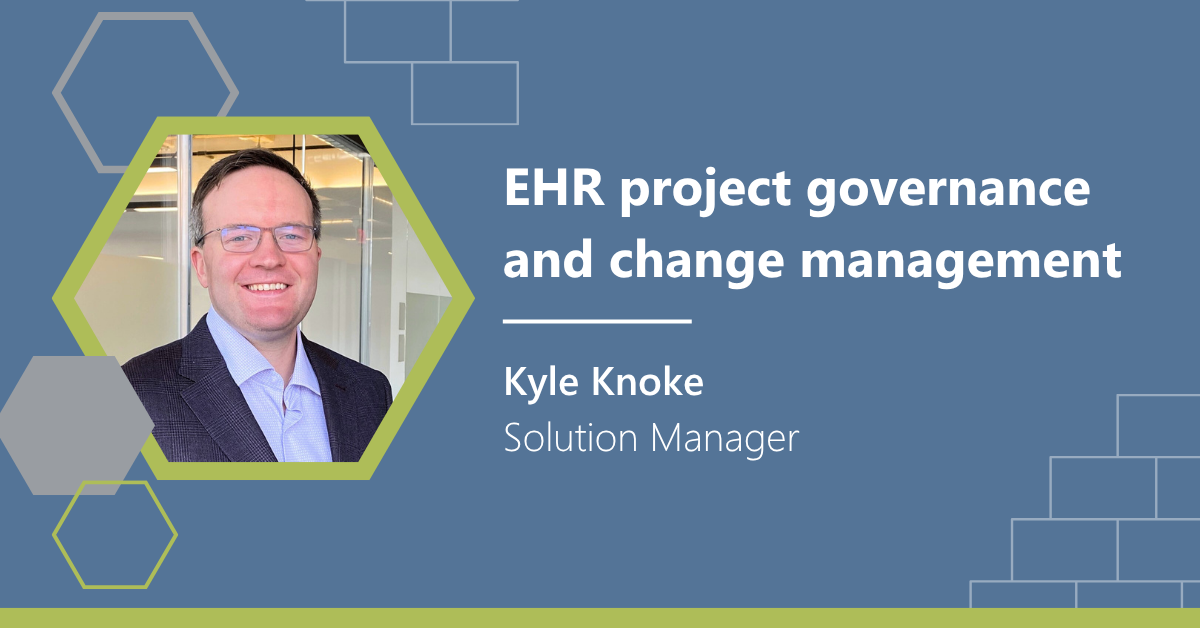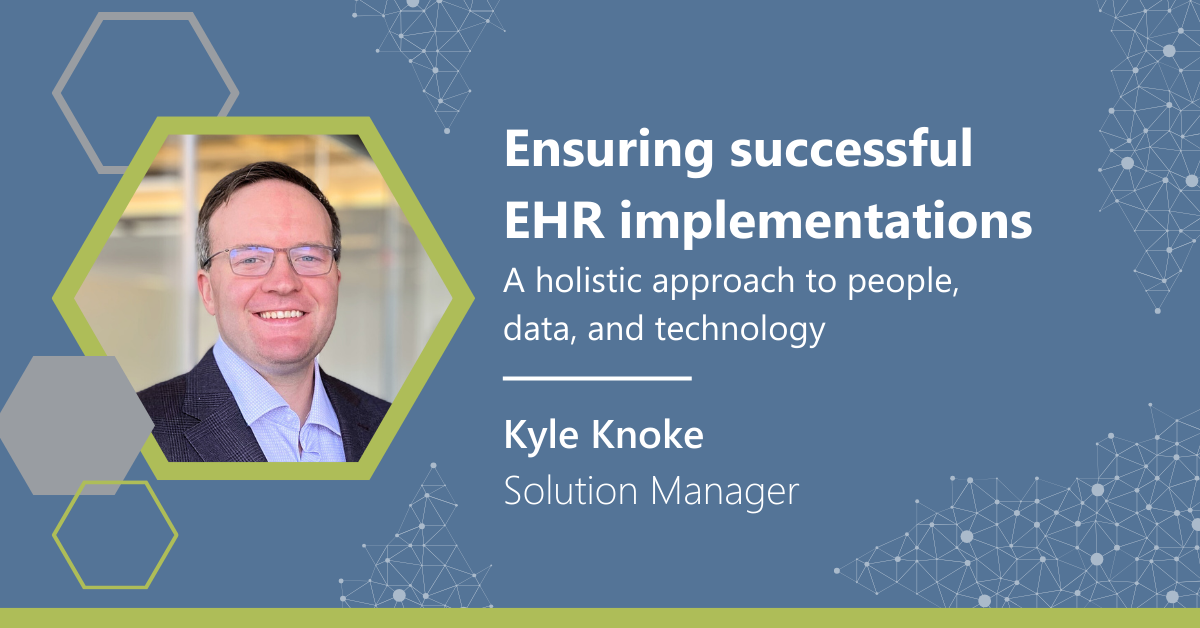 As healthcare organizations work to balance tight budgets with big ambitions, the pressure to find cost-effective support for EHR projects is real. One common solution? Bringing in external help at the lowest possible hourly rate.
As healthcare organizations work to balance tight budgets with big ambitions, the pressure to find cost-effective support for EHR projects is real. One common solution? Bringing in external help at the lowest possible hourly rate.
It’s an understandable impulse. After all, when you're watching every dollar, those lower rates can look like an easy win. But in our experience, what looks affordable on paper often leads to unintended consequences in practice: longer timelines, more oversight, quality concerns, and lost momentum. We’ve seen this firsthand. And while we understand the appeal of short-term savings, we’ve also seen the impact of these decisions play out in real-world scenarios. For example, as a former hourly Beaker consultant, I’ve been contacted by recruiters from these low-cost staffing firms about open Billing and Willow roles, despite a lack of direct experience in those applications (and an up-to-date LinkedIn profile that confirms this). Rather than lead them down a path that will negatively affect them and, most importantly, their healthcare customers, I have taken the time to educate them on why I’m not the right fit and what they should be looking for instead.
To make sure you're getting true value, not just a low rate, here are a few considerations to keep in mind when evaluating staff augmentation options.
Experience matters
EHRs aren’t just another IT system. They’re deeply complex, highly integrated, and mission-critical to operations and patient care. Teams that specialize in this space bring not just technical skills, but context. They know the right questions to ask, the shortcuts to avoid, how to develop the specific staffing services needed, and how to navigate change without disrupting the day-to-day.
Many low-cost staff augmentation firms operate as generalists. They might offer support across a wide range of industries and technologies, but that jack-of-all-trades model doesn’t work when it comes to the complexity and sensitivity of EHRs. Without a strong EHR foundation, the firm may struggle to understand the needs, which impacts finding the right consultant to do the job. As a result, consultants often require more ramp-up time and ongoing direction, and they may miss the nuances that separate a functional solution from a great one.
What to look for:
- Average years of EHR experience
- Technical and functional vetting processes
- Access to client feedback or third-party ratings like KLAS
The hidden burden on internal teams
When consultants need extra handholding, the work doesn’t disappear; it simply shifts to your internal team. That will mean more time answering questions, reviewing deliverables, or managing rework. Over time, these small inefficiencies can slow progress and eat into your team's capacity to drive bigger-picture initiatives.
On the flip side, experienced consultants can often work more independently and anticipate issues before they escalate, helping your team stay focused on what matters most.
Specialized skills aren’t always easy to find
Whether it’s Cheers, Bones, Connect, or complex billing configurations, certain needs require niche expertise. Teams that live and breathe the EHR are more likely to have (or know how to find) that talent quickly and to have reliable backups when availability changes.
When timelines are tight or requirements evolve, that kind of agility makes a real difference.
Peer support drives stronger outcomes
It’s not just about the individual consultant; it’s about the network behind them. When consultants have access to peer expertise, internal escalation paths, and shared best practices, they solve problems faster and bring fresh ideas to the table.
Without that infrastructure, teams spend time on trial-and-error instead of building on proven approaches.
Questions to ask:
- How do consultants stay connected with peers?
- What internal support structures are available?
More than just a vendor
One of the biggest differences we see is how consulting firms approach customer relationships. A transactional model may get someone in the door quickly, but it rarely leads to strategic outcomes. The best partnerships are built on a holistic understanding of your systems, your challenges, and your goals.
That kind of alignment helps keep projects on track and opens the door for proactive, thoughtful guidance, not just ticket resolution.
Aligned incentives drive better work
When success is measured solely by the hours billed, it’s easy for priorities to get misaligned. But when consultants are invested in your outcomes — through experience, pride in their work, or alternative delivery models like outcomes-based engagements — the work moves faster and has better outcomes.
That’s not just efficient. It’s effective.
Scalability and continuity are key
Even the best plans change. A consultant gets sick, a project shifts, a new need emerges. Partners with a strong, EHR-focused bench can scale up quickly and provide continuity without sacrificing quality. That flexibility can be the difference between staying on course and falling behind.
Trajectory over tasks
Some consultants show up and do the work. Others see the bigger picture: risks on the horizon, opportunities to streamline, ways to advance your long-term strategy. That kind of forward-thinking mindset isn’t always easy to find, but when you do, it elevates the entire engagement.
A smarter approach to cost-effective support
Choosing support based on price alone can be risky, but being cost-conscious doesn’t have to mean compromise. The goal isn’t to spend more, but to spend smarter: by investing in partners who can deliver real value, reduce overhead, and contribute meaningfully to your goals.
At Cardamom, we take pride in being a partner that understands the stakes, the systems, and the strategy behind successful EHR work. If your team is navigating complex initiatives with limited resources, we’re here to develop solutions and commit to real outcomes that help you do more with what you’ve got — and do it right the first time.







